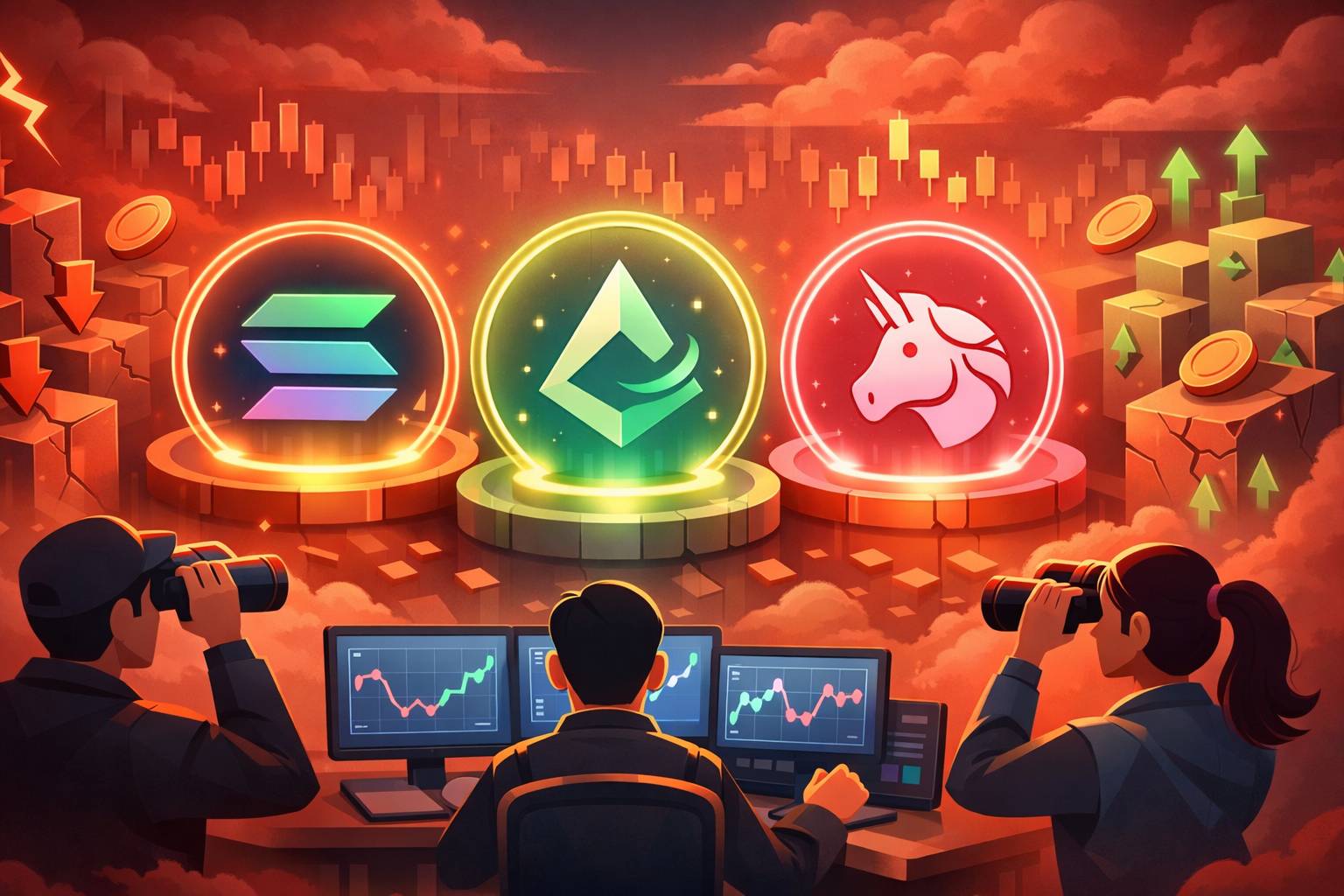Table of Contents
- Quick Summary: Grasping the Concept of Gas Limits in Crypto Deals
- Getting to Know Gas Limits in Cryptocurrency
- Understanding the Fundamentals of Gas and Gas Limits
- Transaction Complexity and Its Impact on Gas Limits
- Gas Limits Dynamics During Network Congestion
- Gas Units and Their Denominations on Ethereum
- Changing Gas Limits: A Flexible Option
- Summing Up
- Frequently Asked Questions
- 1. What does a gas limit mean in cryptocurrency?
- 2. How does the gas limit influence the speed of transaction processing?
- 3. How is the gas limit established?
- 4. Is it possible to alter the gas limit for a transaction?
- 5. What occurs if the gas limit is set too low?









